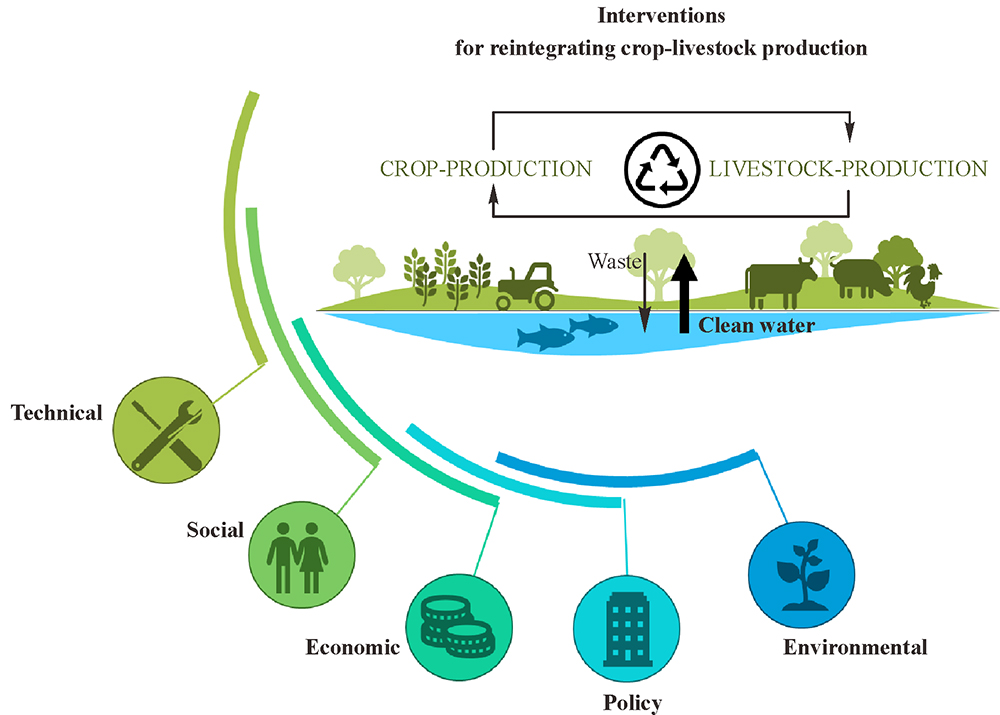 PDF(697 KB)
PDF(697 KB)


GREEN AGRICULTURE AND BLUE WATER IN CHINA: REINTEGRATING CROP AND LIVESTOCK PRODUCTION FOR CLEAN WATER
{{custom_author.name}}, {{article.zuoZheCn}}
 PDF(697 KB)
PDF(697 KB)
 ,
,
GREEN AGRICULTURE AND BLUE WATER IN CHINA: REINTEGRATING CROP AND LIVESTOCK PRODUCTION FOR CLEAN WATER
 ,
,


| [{{custom_ref.label}}] |
{{custom_citation.content}}
|
/
| 〈 |
|
〉 |